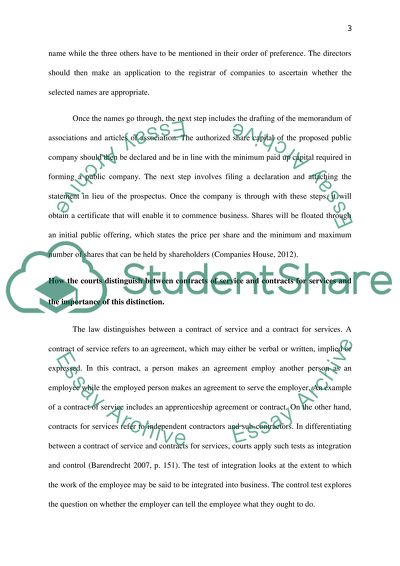Cite this document
(“Legal opinion for formation of a public company Coursework”, n.d.)
Legal opinion for formation of a public company Coursework. Retrieved from https://studentshare.org/law/1400763-legal-opinion-for-formation-of-a-public-company
Legal opinion for formation of a public company Coursework. Retrieved from https://studentshare.org/law/1400763-legal-opinion-for-formation-of-a-public-company
(Legal Opinion for Formation of a Public Company Coursework)
Legal Opinion for Formation of a Public Company Coursework. https://studentshare.org/law/1400763-legal-opinion-for-formation-of-a-public-company.
Legal Opinion for Formation of a Public Company Coursework. https://studentshare.org/law/1400763-legal-opinion-for-formation-of-a-public-company.
“Legal Opinion for Formation of a Public Company Coursework”, n.d. https://studentshare.org/law/1400763-legal-opinion-for-formation-of-a-public-company.


